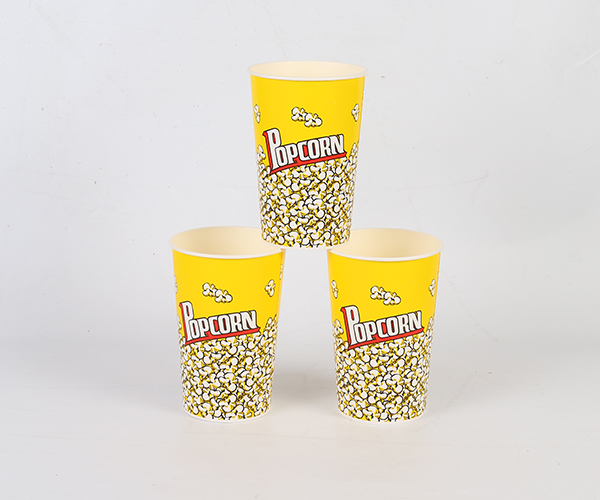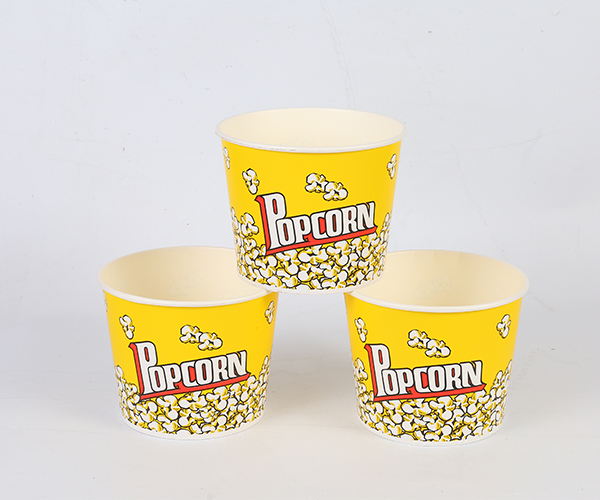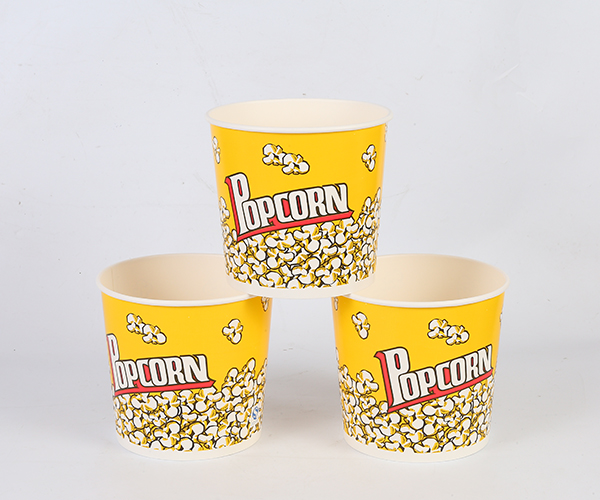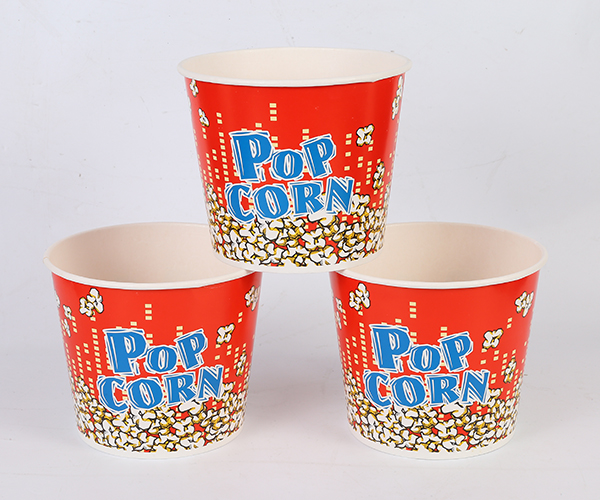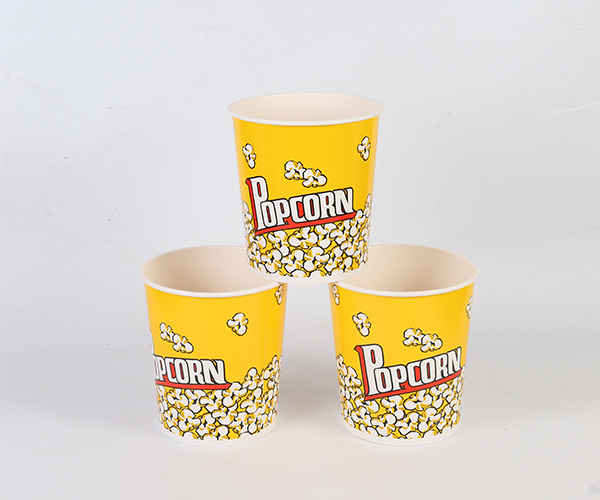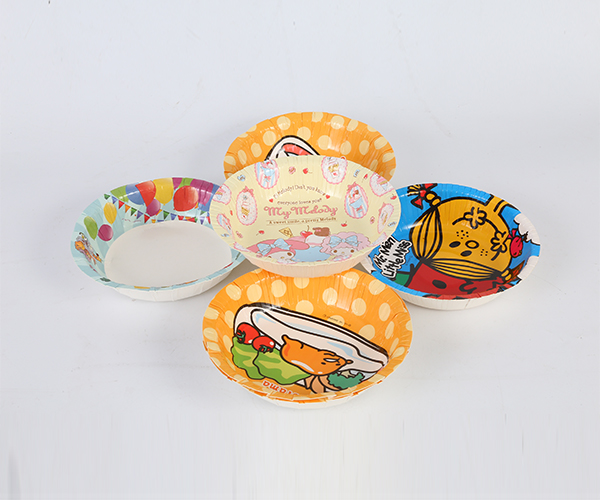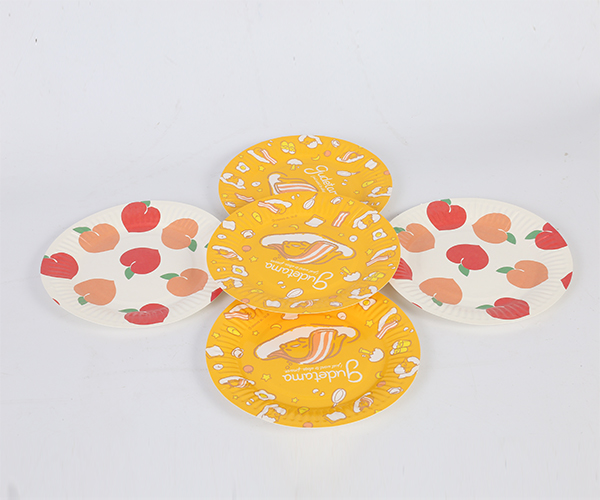Material Composition and Environmental Impact
Disposable Paper Plates are made primarily from pulp-based materials, such as recycled paper or virgin wood fibers. In contrast, traditional plastic plates are typically composed of petroleum-based polymers like polystyrene or polypropylene. This core difference in composition causes major variations in biodegradability and ecological footprint. Paper products generally decompose faster under natural conditions and are often considered more environmentally friendly, especially when certified as compostable. On the other hand, plastic plates are durable but take hundreds of years to break down, contributing significantly to landfill waste and ocean pollution. While some plastic plates are technically recyclable, their actual recycling rate remains low due to contamination or lack of proper facilities.
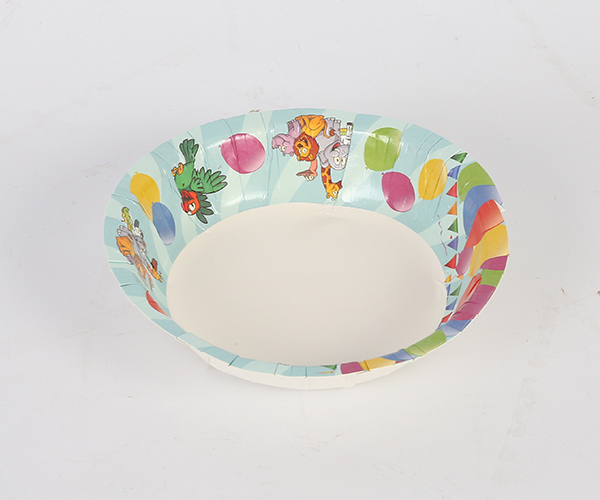
Durability and Structural Integrity
One of the noticeable differences between paper and plastic plates is durability. Plastic plates are rigid and less prone to bending or tearing, making them better suited for holding heavy or greasy foods. They resist moisture and heat well, and do not typically absorb sauces or oils. Paper alternatives, even when coated with moisture-resistant layers, are more likely to soften, sag, or warp when exposed to liquids or heat over extended periods. However, modern advancements in coating technologies have narrowed this gap to some extent. While plastic plates offer good strength, the convenience and eco-friendliness of paper options are often seen as a fair trade-off in casual or short-term settings.
Aesthetic and Functional Versatility
Plastic plates usually come in a wide variety of colors, shapes, and finishes, offering a more polished and formal look suitable for events or parties. Their ability to mimic ceramic or glass makes them a popular choice for upscale, disposable use. Paper plates, in contrast, often have a more rustic or casual appearance. Though available in many designs, they are generally perceived as more informal. That said, the natural texture and printable surface of paper allow for vibrant graphics, themed designs, or branding opportunities, especially for events or business promotions. In terms of functionality, plastic plates may include segmented compartments, lids, or stackable features that paper versions may lack.
Safety, Health, and Heat Resistance
When it comes to food safety and health concerns, both types have their pros and cons. Paper plates are usually free from toxic chemicals unless coated with plastic or wax, and many are made from food-grade biodegradable materials. Plastic plates, particularly those made of lower-grade polymers, can sometimes leach harmful substances when exposed to high temperatures or microwaving. In such cases, food-safe certifications and heat resistance should be carefully considered. Microwave use is another differentiating factor: many paper-based plates are microwave-safe, while not all plastic plates are suitable for reheating, especially if they warp or emit odors under heat.
Cost Efficiency and Availability
In terms of price, both options are relatively inexpensive but may vary depending on thickness, design, and quantity. Plastic plates tend to be more cost-efficient for bulk use in food service operations due to their reusability and sturdiness. Paper plates, though often priced similarly, may require additional support (like double stacking or holders) when serving heavier items. However, growing consumer preference for sustainable alternatives has made paper products increasingly accessible and competitively priced. In many regions, regulatory trends and bans on single-use plastics are also shifting the market in favor of compostable paper options.


 English
English 中文简体
中文简体
